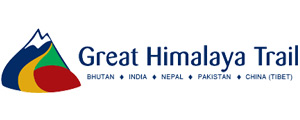404
- Home
- About us
-
Nepal
-
Trekking in Nepal
Nepal Tour
Nepal Peak Climbing
Nepal Expedition
Adventure Trip in Nepal
Great Himalaya Trail Trek
-
-
Tibet
-
Trekking in Tibet
Tibet Tour
Tibet Expedition
Tibet Motor Biking Tour
Tibet Mountain Biking
Kailash Journey
-
-
Bhutan
-
Trekking in Bhutan
Bhutan Tour
Adventure Trips in Bhutan
Bhutan Festival Tours
-
-
India
-
India Tour
Kashmir and Ladakh Trips
Sikkim Tour and Treks
-
-
China
-
China Heritage Tour
China Train Tour
China Silk Route Trips
Kham and Amdo Region Trips
-
- Mongolia
- Multi-Countries
- Contact us









